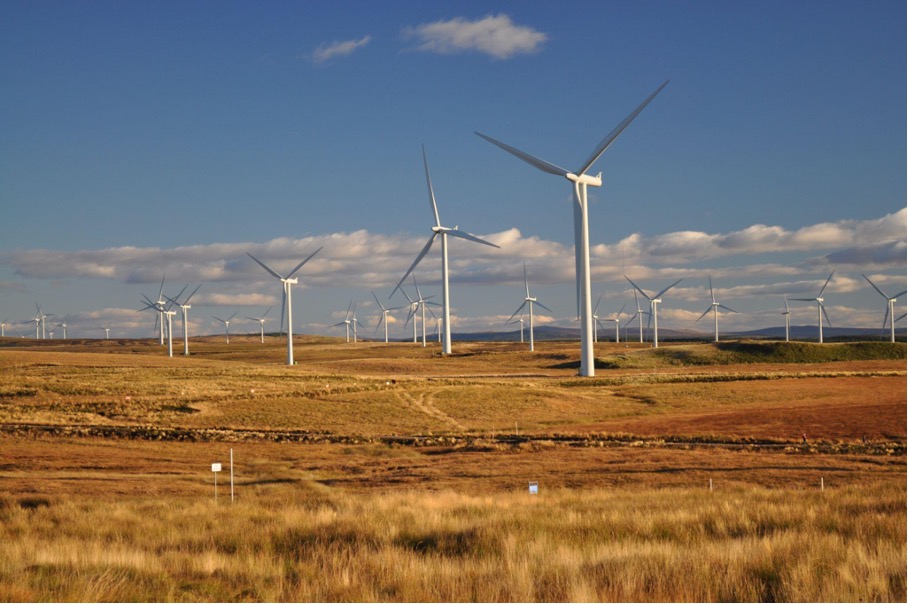Impact investments refer to investments made with the intention of generating positive measurable social as well as environmental impact alongside financial returns. As states in the ASEAN region continue to diversify and strengthen national-level efforts to ameliorate the effects of climate change, private investors can expect many more opportunities for environmentally-linked impact investments to emerge.
Impact investment make use of private capital to address global challenges and funding gaps in sectors like sustainable agriculture, renewable energy, conservation, microfinance, healthcare, and education among others. This can take the form of Green Bonds, Socially Responsible Exchange Traded Fund (ETFs), and private-sector impact investments.
Why Choose Impact Investing?
Impact investing challenges many long-held views that social and environmental issues can only be addressed by philanthropic donations, whereas market investments should focus solely on achieving financial returns.
In recent years, impact investing has offered many investors diverse and viable opportunities to advance social and environmental solutions through investments that drive financial returns. As sustainable investing becomes more mainstream, opportunities for impact investment are also becoming more varied. In ASEAN alone, impact investment integration into wider investment strategies grew from 0% to 19% – indicating a promising future for the sector.
Impact Investing Within ASEAN
In a survey conducted by the Global Impact Investing Network, approximately 30% of impact investors invest in ASEAN.
In contrast, cumulative impact investments in the region between the 10 years 2007 and 2017 were at USD$12.2 billion.
Within ASEAN, development financial institutions (DFIs) account for more than 90% of cumulative investment within that same period. While DFIs still dwarf impact investment by private investors, the growing entrepreneurship in the ASEAN region and increased investment by young people to create socio-economic impacts may change this standing.
Heightened perceptions are key impediments to the growth of impact investing within ASEAN. Hence, having consistent government signals and policies can also help to strengthen investor confidence and attract more capital into a sustainable economy – e.g. land use incentives in Vietnam for the construction of basic infrastructures like water pipes and roads.
Industries With Impact Investment Opportunities
Impact investments come in a wide variety of capital and investment vehicles. Just like any other type of investment class, impact investors have diverse financial return expectations – some even intentionally invest in line with their strategic objectives despite knowing that they would receive below-market-rate returns. There are also others who pursue market-competitive and market-beating returns as part of their fiduciary responsibility.
A key sector in ASEAN that impact investors can consider would be renewable energy. Investing in renewables of developing countries has grown in popularity over the recent year amongst investors who are mindful of the benefits green energy brings. One good example would be the geothermal energy project by state-owned company in West Java, Indonesia. By developing another geothermal power plant, the project aims to reduce carbon dioxide emissions by more than 700 kilotonnes per year.
Emerging markets in Philippines and Vietnam have been forecasted to drive global growth in energy consumption in the upcoming years. Furthermore, given the long life of energy assets, impact investments in this field could make a tremendous impact on climate change in the long-term.

Besides investing in renewable and sustainable energy, impact investors should also consider investing in infrastructure development. For instance, in 2016, the Thai Cabinet invested in the construction of the large-capacity railroad in the Bangkok Metropolitan Region. The construction was estimated to greatly alleviate traffic congestion and shift road transport to urban rail, reducing CO2 emissions by approximately 48 kilotonnes per year. Businesses that provide commodities rely on basic infrastructure – think roads, ports, telecommunications, Internet, healthcare, and more. However, the tricky thing about investing in basic infrastructure is quantifying externalities and the ability to navigate the complexities of project execution.
The Bottom Line
Impact investing is becoming a part of socially responsible practices that seek to reduce the negative consequences of conventional business activities. By supporting industries or sectors in worthwhile causes, impact investing can produce social or environmental benefits while reaping profits. However, many impact investments in developing countries of ASEAN require long-term commitment. Coupled with the increase in US interest rates in 2022, there is a risk of the depreciation of emerging market currencies – investors will see imports becoming more expensive as the cost of servicing dollar-denominated debt increases.
If you have a strong commitment, you may not be deterred by these macroeconomic headwinds. But, if you are looking at attractive returns being proportionate to the positive impacts, then it is best to reconsider your strategy.





